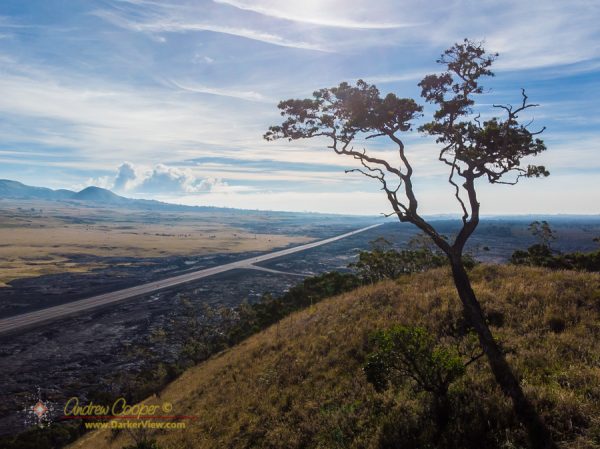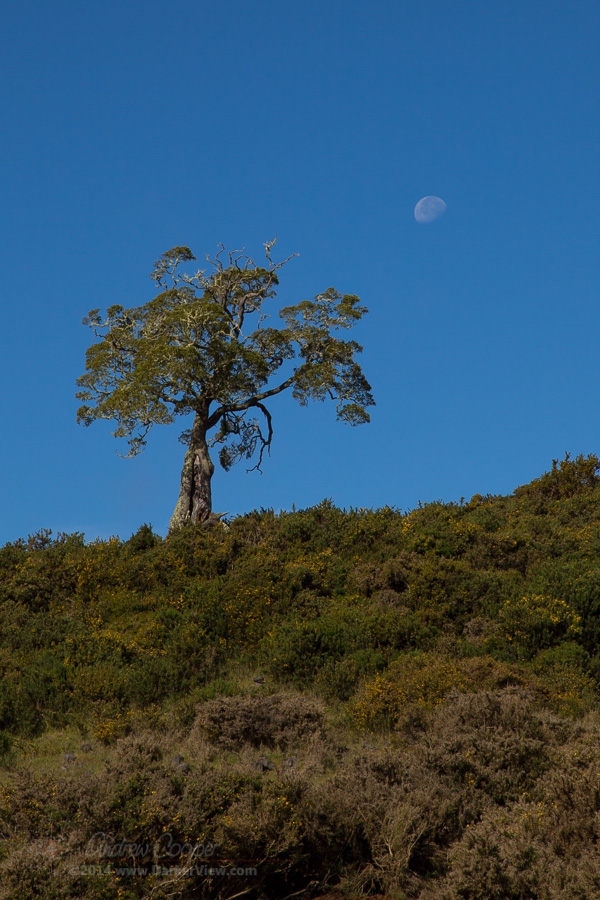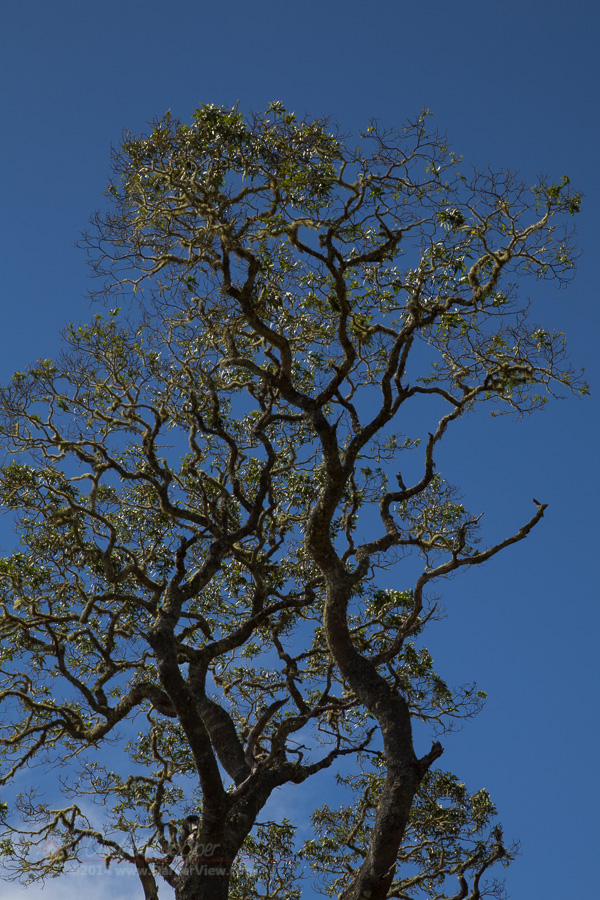
Tag: KOA
Koa Character
Saddle Koa
NASA Honors Keck Observatory for Opening its Archive to the Public
W. M. Keck Observatory press release…
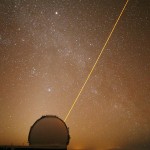
“For the past 10 years, the NASA KOA team has boosted the science value of data acquired at Keck Observatory by providing the scientific community with open access to WMKO data,” said Mario Perez, Keck Observatory Program Executive at NASA Headquarters in Washington. “They helped set a standard that all new ground based observatories are adopting. For this, the NASA KOA team has earned the NASA Group Achievement Award.”
“We are very proud of this award as well as the KOA project itself,” said Hilton Lewis, Director of W. M. Keck Observatory. “This was the brainchild of Anne Kinney while she was at NASA and who I am happy to report recently joined Keck Observatory as our Chief Scientist. Thanks to her vision, data gathered by all instruments at Keck Observatory is available for everyone to use. The Keck Observatory telescopes are the most scientifically productive on Earth, responsible for gathering data used in about 300 peer-reviewed scientific papers per year – almost one per night. There are terabytes of valuable data collected over the last 20 years waiting to be mined.”
In 2004, NASA established a partnership with WMKO to acquire large volumes of data from a single instrument, the High Resolution Spectrograph (HIRES), for NASA science purposes. It is standard practice to make data from NASA’s space telescopes available to the world in a public archive, but in 2004 it was unheard of to do the same with data from a ground-based telescope. Kinney, then Director of the Astrophysics Division at NASA Headquarters, decided to start a visionary project of promoting public access to these data, and the project began by archiving NASA-acquired HIRES data.
Continue reading “NASA Honors Keck Observatory for Opening its Archive to the Public”
Postcard from Hawaiʻi – Tree
Postcard from Hawaiʻi – Koa
Hakalau Wildlife Refuge Open House
Hakalau is a place I love to visit… Stunningly beautiful native forest high on the side of Mauna Kea. A place where the calls of native birds form a chorus in the treetops. The refuge holds an open house once each year, always great to attend. We have done so three times now, taking advantage of a day when volunteers and guides are on hand to teach you about this special place. Normally held in October, the 2013 open house was a victim of the government shutdown. They were forced to cancel the event, but the staff and volunteers made the effort to reschedule and open for Earth Day this year.
Hakalau Forest National Wildlife Refuge encompasses more than 32,000 acres of forest high on the windward side of Mauna Kea. The koa and ʻōhiʻa forest is a refuge for the native birds that are endemic to the island. Staff and volunteers have spent decades slowly restoring the forest in an effort to preserve a little native habitat so that so many species, avian, insect and plant, may have a small place to survive.
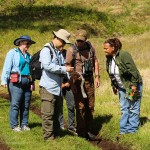
We began with a birding hike. Multiple guides were departing the barn area with groups in tow. Heading down a rough track we followed into the rich koa and ʻōhiʻa forest. Bird calls echo from tree to tree, soon we spot many of the birds that are rare elsewhere, but relatively common here. The wild Hawaiian raspberries have had a good winter, I found a few ripe berries to sample, nice flavor if a bit tart.
Iʻiwi, ʻapapane, and a courting pair of ʻelepaio were caught in our binoculars. We did not see the Hawaiian creeper, but we heard them. I really need to drill myself on the calls sometime, birding in Hawaiʻi is an audible exercise as much as visual. Twice we saw ʻio pass overhead, and a nene was to be seen along the road. A good day birding in the forest. One of the guides, a National Park Service ranger, pointed out one of the native lobelias, a plant called Hāhā, by the Hawaiians.

One of the mints was believed extinct until on plant was found on the Hamakua coast. Later, when biologists went to examine this plant again they found it had been killed by wild pigs rooting about. Fortunately cuttings had been successfully propagated at the nursery and the many descendants are doing well. For now the plant is extinct in the wild, but that may change if it can be reintroduced.
A couple of the volunteers related tales of trouble… Gear stolen, fences cut, a general antipathy for the refuge mission from some segments of the community, particularly pig hunters. I have encountered the same mindset myself on occasion… A feeling that one can take and take from the environment and never give back, that the resource is endless. I have met those who believe any restriction, however minor, is an affront to their entitlement to hunt or take whatever they need. Some locals seem to have forgotten the old lessons of resource management that the ancient Hawaiians knew so well. Today is is not that aliʻi who make the rules, it is wildlife managers that set the kapu. At least modern enforcement is not at the sharp end of an ihe.
While there may be some who do not believe in the refuge goals, support from other segments of the community is strong. The volunteer program racks up thousands of hours each year, a dedicated crew that puts in long days of planting native species and removing the harmful invasives. The success of their work can be seen in the lush forest teeming with bird-life. They have created a special place that is a pleasure to visit, eve if they open the doors only once each year.
Another Hop Across The Pond
It is always a little wierd… I am just starting a vacation, in a plane of folks who are ending theirs. Thus is the strangeness of living in Hawai’i. Talking in the gate with fellow passengers I get asked how was my vacation, “Don’t know yet, I am just starting out”. The reaction is always the same, a little surprise and a little envy, “Oh! you live here!” A good way to start a conversation, we all have little else to do but kill time.

The flight does not start well, a loud thud and a lurch are all we get when we should be rolling back from the gate. It seems the ground crew has broken a tow-bar. The delay turns the pilot’s promise of an early departure into a fifteen minute delay as they inspect the nose landing gear for possible damage.
This time I remebered to pack a water bottle and some munchies. A bag of cajun spiced trail mix keeps hunger at bay. At least until I can get a quick dinner in the terminal at SeaTac. That will have to do, arrival in Portland will not occur until a bit before midnight.
Overnight in Portland, a chance to have breakfast with my mother before heading to the airport and another flight. This time the destination is Juneau, flying with my Father to pick up the boat.
The tickets were booked far enough ahead that I had my choice of seats. A window seat as usual, I do enjoy the view. This time we went right over the cauldera of Haleakula. I set up the GoPro to do a timelapse using a suction cup mount in the window, it should be a nice bit of video. I hope to use the GoPro in a little creative fun, inspired by some of Mark’s latest projects.
Five hours to Seattle. Three of those hours are now gone as I write this. Two more hours in this seat. At least the inevitable crying baby is far enough forward that the screams are muffled. I look up from typing at a seemingly endless expanse of water and clouds. Pretty, but the sight of land and the end of this flight will be welcome.

